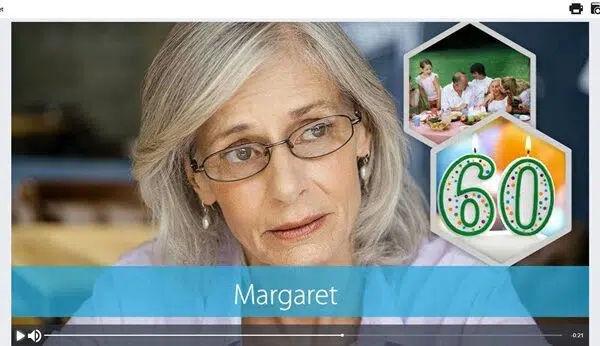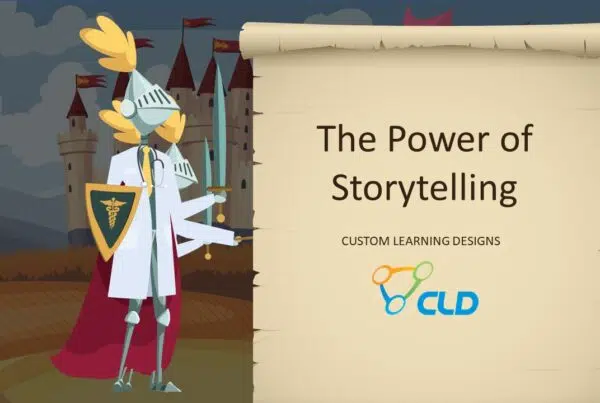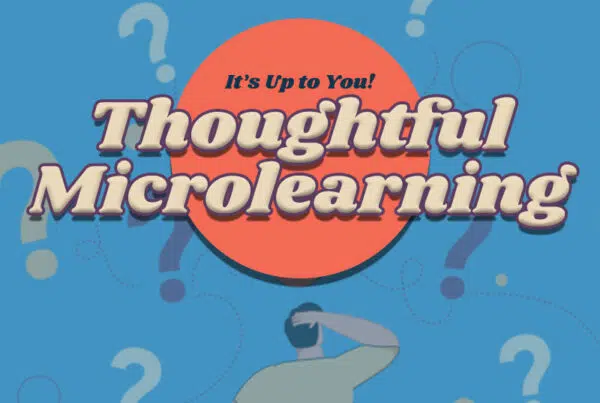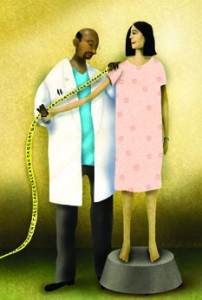
Personalized medicine is actually pretty easy to understand: Deliver the precisely appropriate treatment to the appropriate patient at the appropriate time. The concept is being developed for many different therapeutic areas, but oncology has benefited specifically. The rapid propagation of Companion Diagnostics (CDx) across the cancer therapy landscape provides a powerful opportunity to put Personalized Medicine into action. Whereas medicine has historically employed a Find it, Fix it! strategy, CDx ushers in the new paradigm: Predict it, Target it!
For starters, CDx is any diagnostic tool that guides the selection of patient treatment. With regards to pathology, the novel use of immunohistochemical assays (IHC) highlights the presence of mutated gene proteins in malignant cells and concurrently identifies that subset of cancer patients most likely to respond to targeted therapies directed against that same mutated gene. Going forward, the pathologist will now advise the oncologist regarding the presence of relevant tumor biomarkers as well as the patient’s candidacy for highly-targeted anti-cancer chemotherapy. Predict it, Target it!
Unless you are a pathologist, it’s difficult to grasp the seismic changes generated by CDx. For decades, IHC aided in identifying the tumor cell line of origin. Now, IHC can isolate specific tumor biomarkers that directly (and favorably) impact cancer care.
The introduction of Companion Diagnostics into mainstream medicine poses 5 distinct educational challenges:
- Most of today’s laboratory physicians never learned about CDx in medical school.
- Pathologists have to completely rethink the historical application of IHC—that hammer is no longer a hammer!
- CDx assay interpretation schemes are more complex than their binary predecessors.
- Liability issues lurk as inaccuracy in IHC assay interpretation may adversely influence patient outcomes.
- Pathologists also have to embrace their new role as consultants in cancer care.

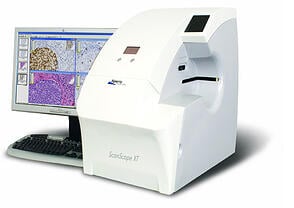
References: Kalia M. Personalized oncology: Recent advances and future challenges. Metabolism 2013; 62: Suppl1; S11-S14. Barrett JC, Frigault MM, et al. Are companion diagnostics useful? Clin Chemistry 2013; 59: 198-201.Image Credits: http://www2.med.psu.edu/ipm/for-patients/what-is-personalized-medicine/ (Cutler) & Microscopy machine from Aperio ePathology Solutions



